Named after one of the most widely read books in the English language, The Pilgrim’s Progress was written by John Bunyan, who lived most of his life in and around Bedford during the 17th century. Born in 1628, at Elstow near Bedford, his career as a writer and preacher was enriched by deep religious experiences throughout his life.
The cover of The Pilgrim’s Progress.
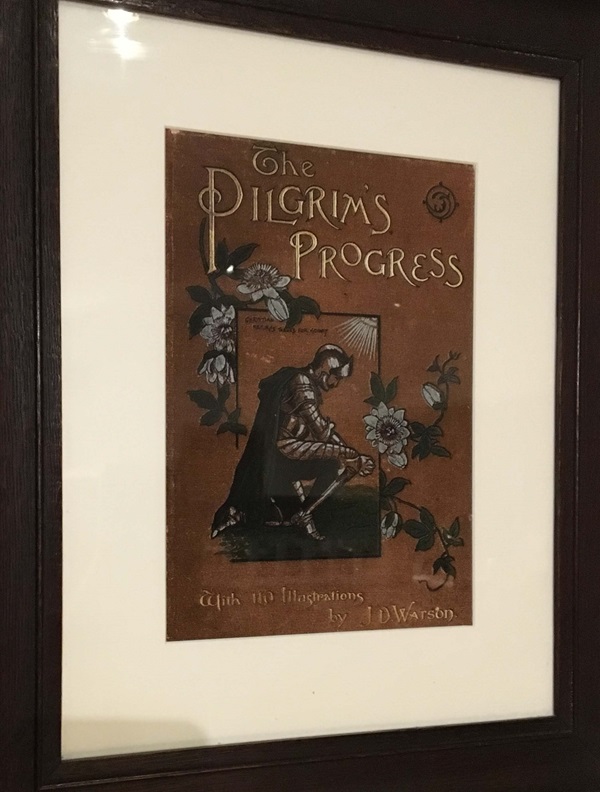
Illustrations and text about the Britannia Iron Works, Bedford.
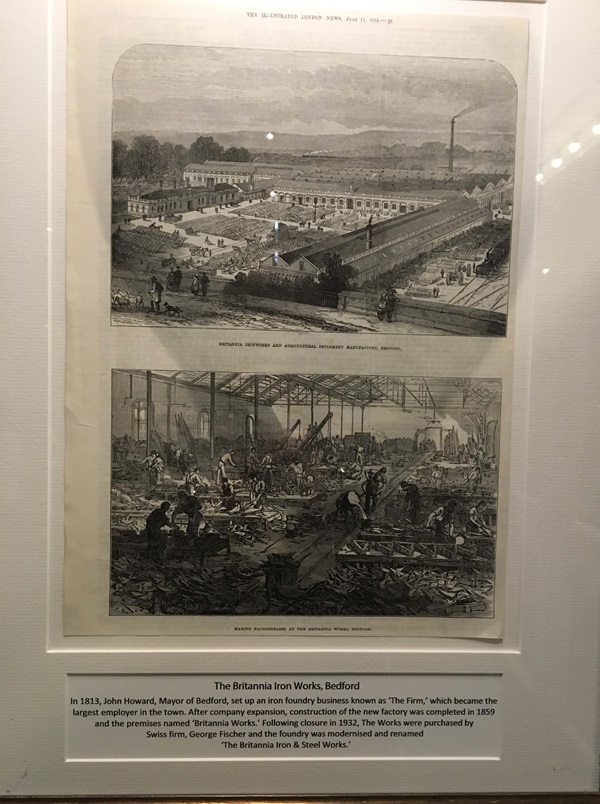
The text reads: In 1813, John Howard, mayor of Bedford, set up an iron foundry business known as The Firm, which became the largest employer in the town. After company expansion, construction of the new factory was completed in 1859 and the premises named Britannia Works. Following closure in 1932, the works were purchased by Swiss Firm, George Fischer and the foundry was modernised and renamed The Britannia Iron & Steel Works.
An illustration and text about Sir William Harpur (c1496 - 1574).
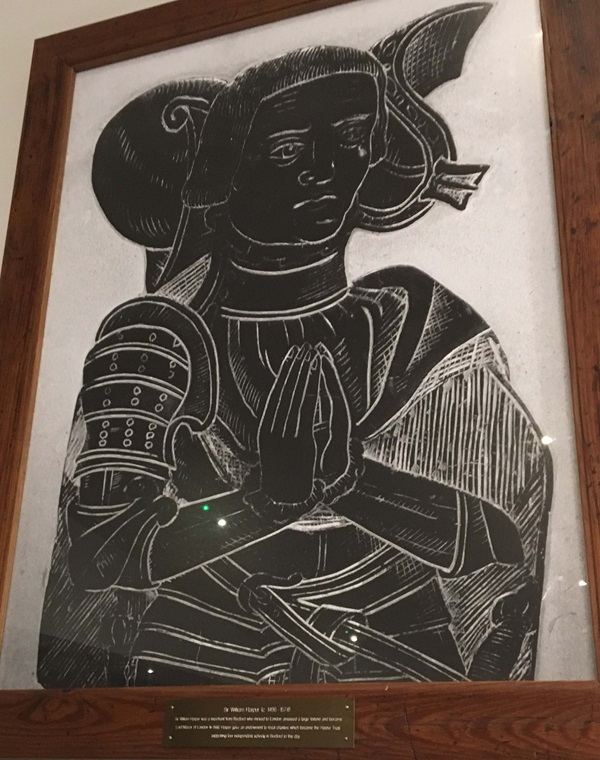
The text reads: Sir William Harpur was a merchant from Bedford who moved to London amassed a large fortune and became lord mayor of London in 1566. Harpur gave an endowment to local charities which became the Harpur Trust supporting four independent schools in Bedford to this day.
A photograph of the Patechnicon, 1906.
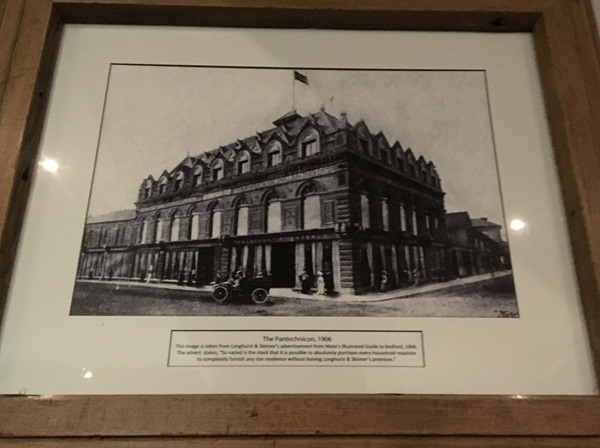
This image is taken from Longhurst & Skinner’s advertisement from Mate’s Illustrated Guide to Bedford, 1906. The advert states, “So varied is the stock that it is possible to absolutely purchase every household requisite to completely furnish any size residence without leaving Longhurst & Skinner’s Premises”.
A photograph of Bedford’s Robot Policeman, 1929.
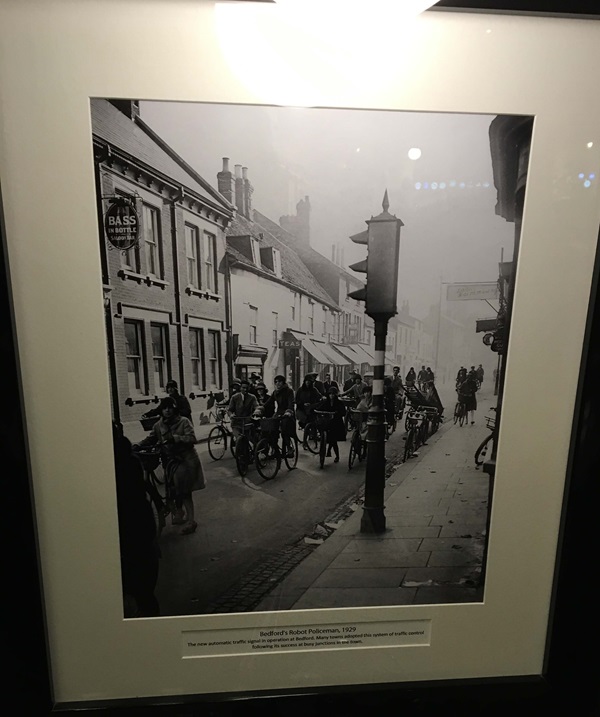
The new automatic traffic signal in operation at Bedford. Many towns adopted this system of traffic control following its success at busy junctions in the town.
A photograph of High Street, Bedford, c1921.
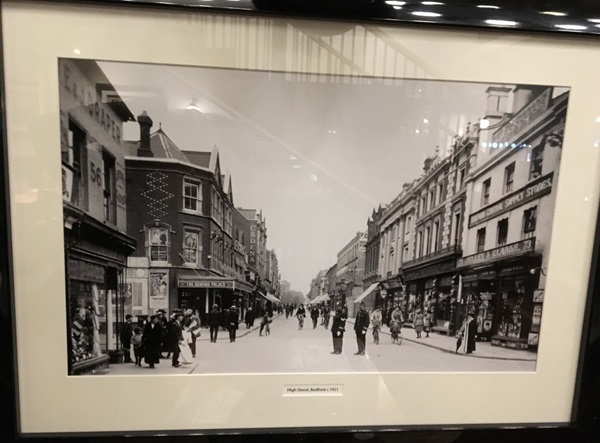
External photograph of the building – main entrance.
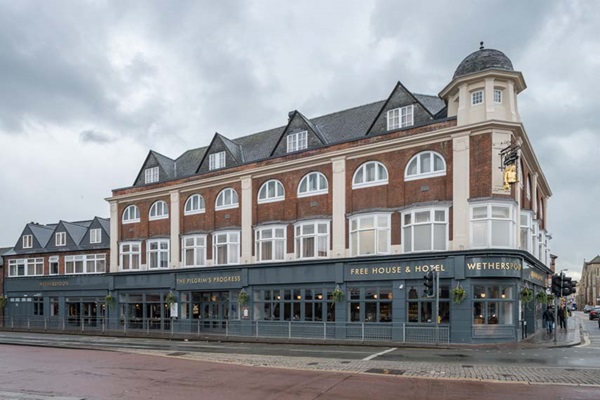
If you have information on the history of this pub, then we’d like you to share it with us. Please e-mail all information to: pubhistories@jdwetherspoon.co.uk